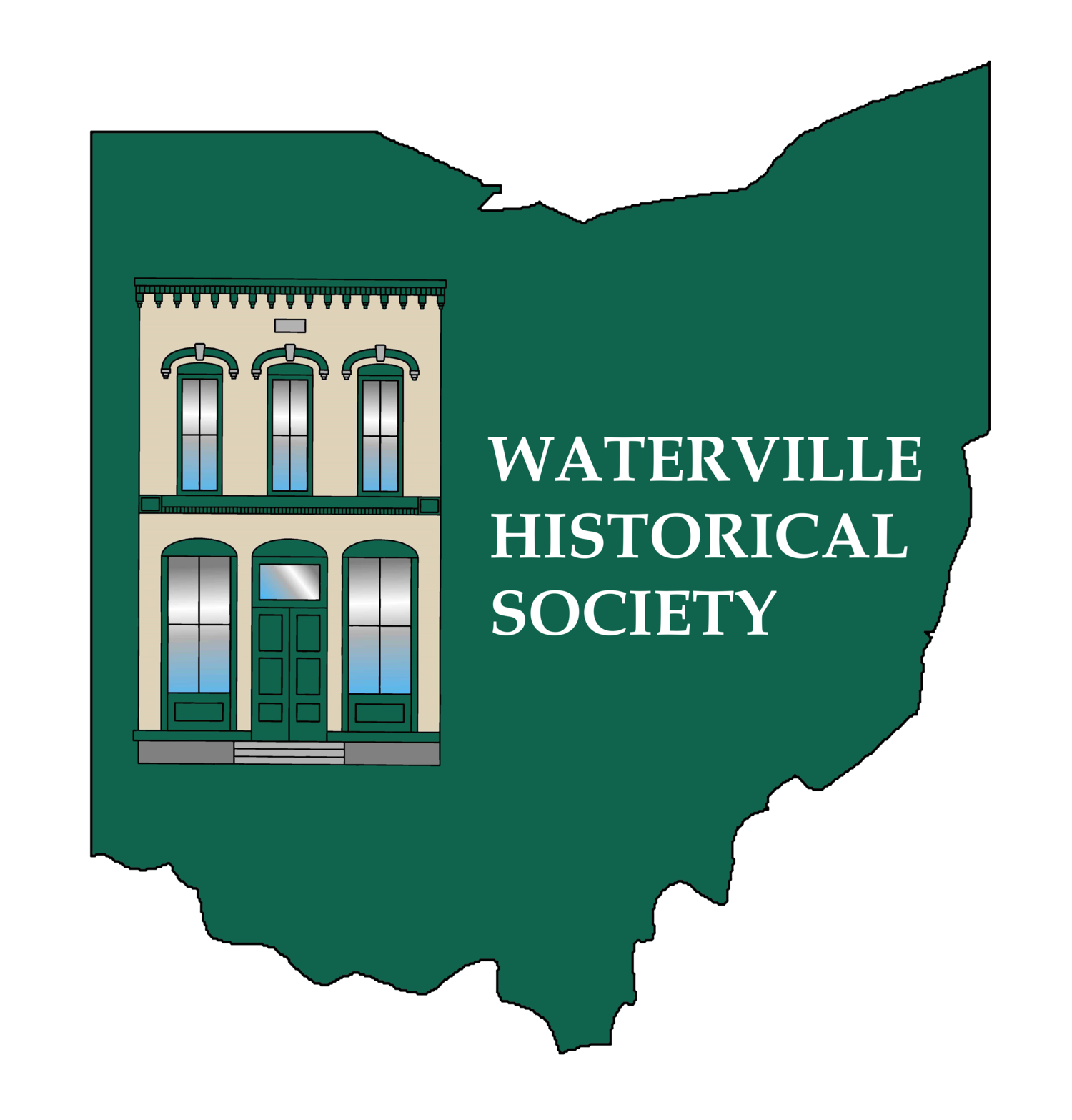The Soldier Monument in Wakeman Cemetery
In the late 1800s, just 20 years after the end of this nation’s great Civil War, the survivors of that conflict were just coming to grip with the enormity of what they had endured. They were also increasingly aware of the numbers of veterans who were dying young of illness or injuries received in the war. Nearly every community, including Whitehouse and Waterville, had an active G.A.R. (Grand Army of the Republic) chapter. Now these groups were pressing for memorial monuments and statues to be erected so the sacrifice of so many lives would never be forgotten.
The veterans and prominent citizens of Waterville in April of 1886 met to form what they called the Memorial and Monumental Association. Their primary goal was to have a monument erected in the Waterville Cemetery to honor the Waterville men who died in all wars. Secondarily they would see that proper Memorial Day ceremonies were conducted each May. This group went right to work in a flurry of April and May 1886 meetings, established a constitution and by-laws and, on the advice of a lawyer, incorporated. There were fifty five charter members, each paying an annual dues of twenty-five cents. The first several meetings saw the formation of committees to procure the cemetery lots, donated by the township trustees, for a monument (Lots no. 117, 118, 119, and 120 were selected). Another committee was to decide the size and depth of the excavation for a foundation and to procure stone for the foundation to be donated by John Lansing Pray, Civil War Veteran, then owner of the Whitehouse Quarry. This stone was to be hauled to the site “Tuesday next” according to the August 6, 1886 minutes of the society. In May of 1887 they voted to hire someone to finish the foundation. Many years followed as they tried to raise money to finish the monument. They tried, to no avail, to get government help, to issue bonds to raise money for both Waterville and Whitehouse monuments. Without government help both groups apparently decided to each go their own way, to raise the money by local subscription. This was a long slow process. It was not until May of 1896 that they hired George Williams of Whitehouse to add two courses of stone for the monument for the sum of $40. They also on that date ask H.F. Van Fleet and J.L. Pray to prepare a list of names to be placed on the monument. This list was completed and arranged by committee on May 12, 1900 and the township was ask to contribute $250 from the H.H. Wakeman fund interest to the monument fund. Finally on May 29, 1900 the group accepted a proposal from the Monumental Bronze Co. to furnish the soldier statue to top the monument for a sum of $1085 even though there was only $859 in their fund. A final fund raising drive was successful and the monument as it still appears today was completed in 1901. The M and M Association disbanded and donated the balance of their funds, $66.39, to the J. Fisher Pray Post of the G.A.R.
Author’s Note: 1. The minutes book of the M. and M. Society, with lists of members, may be viewed at the Wakeman Archives, although a bit fragile, by anyone interested in more detail. 2. There is a recently formed organization called the Lucas County Cemeteries Historical Association, or LCCHA, formed to create a database of all of the graves in every Lucas Co. cemetery, cross-referenced to the www.Findagrave.com website, in order to make locating a person’s grave easier. (See The Mirror newspaper Jan. 6, 2022). One of our volunteers is working with this group for the Wakeman Cemetery using the Sexton’s records and the research and book “Walking Through the Wakeman – a reading of the gravestones in Wakeman Cemetery” by John and Verna Rose. This is a monumental task given that most older cemeteries have very poor records. The LCCHA website can be accessed at: http://charles_w.tripod.com/lucascountycemeterieshistoricalassociationlccha/index.html or from the WHS website under the “Links” heading.

